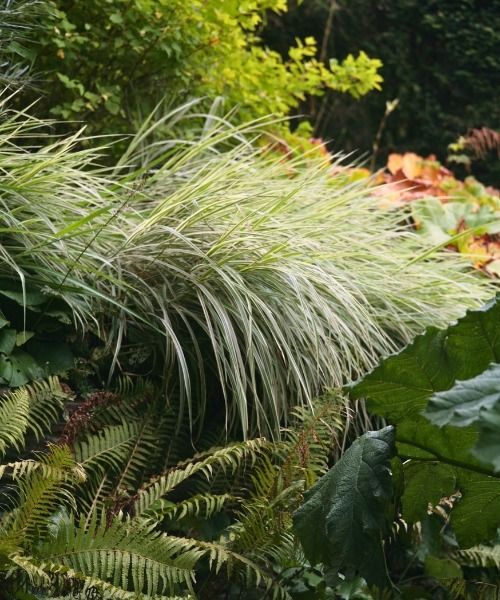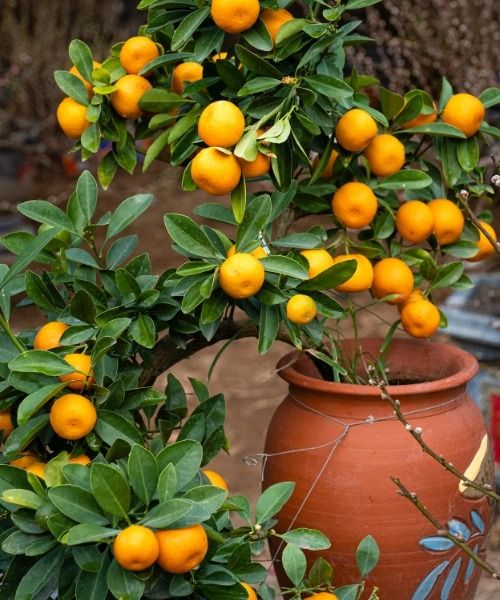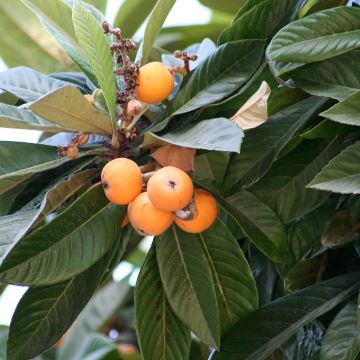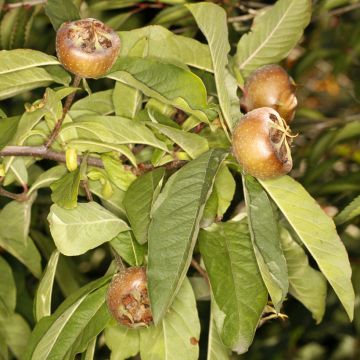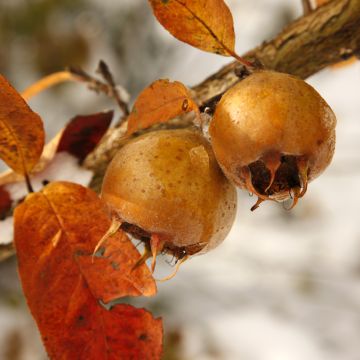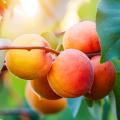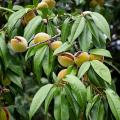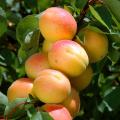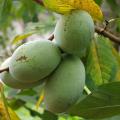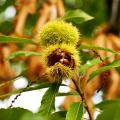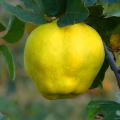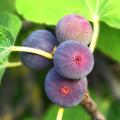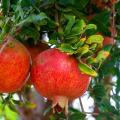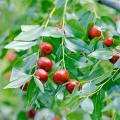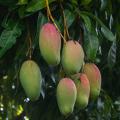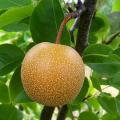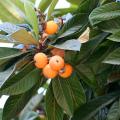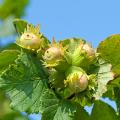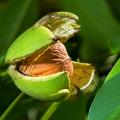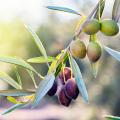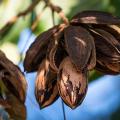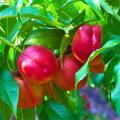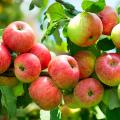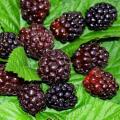Medlar trees
Would this plant suit my garden? Set up your Plantfit profile →
Available in 2 sizes
Available in 5 sizes
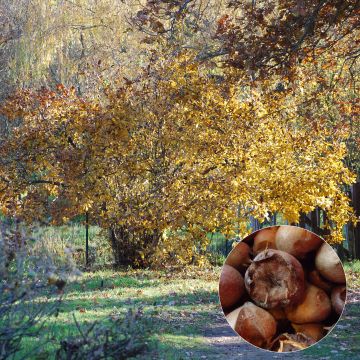
Available in 1 sizes
Available in 1 sizes
Available in 1 sizes
Available in 1 sizes
Available in 1 sizes
Available in 1 sizes
Available in 1 sizes
The medlar is a fruit bush of two different types. That of the common medlar of the countryside, which goes by the Latin name Mespilus germanica, a bit forgotten but in urgent need of rediscovery, and that of its Asian cousin, the Japanese medlar, in Latin Eriobotrya japonica. These two medlars share very few characteristics, except that they both belong to the large rose family. The first, also known as the German medlar, has been cultivated for centuries, particularly in harsh climates. Known for its fruits resembling small pears that become ripe at the beginning of winter, this deciduous bush has given rise to a few selected varieties with larger and sweeter fruits, such as the Giant Medlar of Eivreinoff. The Japanese medlar, on the other hand, is appreciated for its beautiful evergreen foliage, fragrant November flowering, and its apricot-like fruits that ripen in mild climates. Some cultivars have also been selected for the quality of their fruiting. Mespilus and Eriobotrya do not have exactly the same cultivation requirements: the former is very cold-resistant and prefers moist soils, while its Japanese cousin, exotic and sensitive to cold, enjoys warmth and tolerates summer drought very well. Every garden has its own medlar!
Haven't found what you were looking for?






























